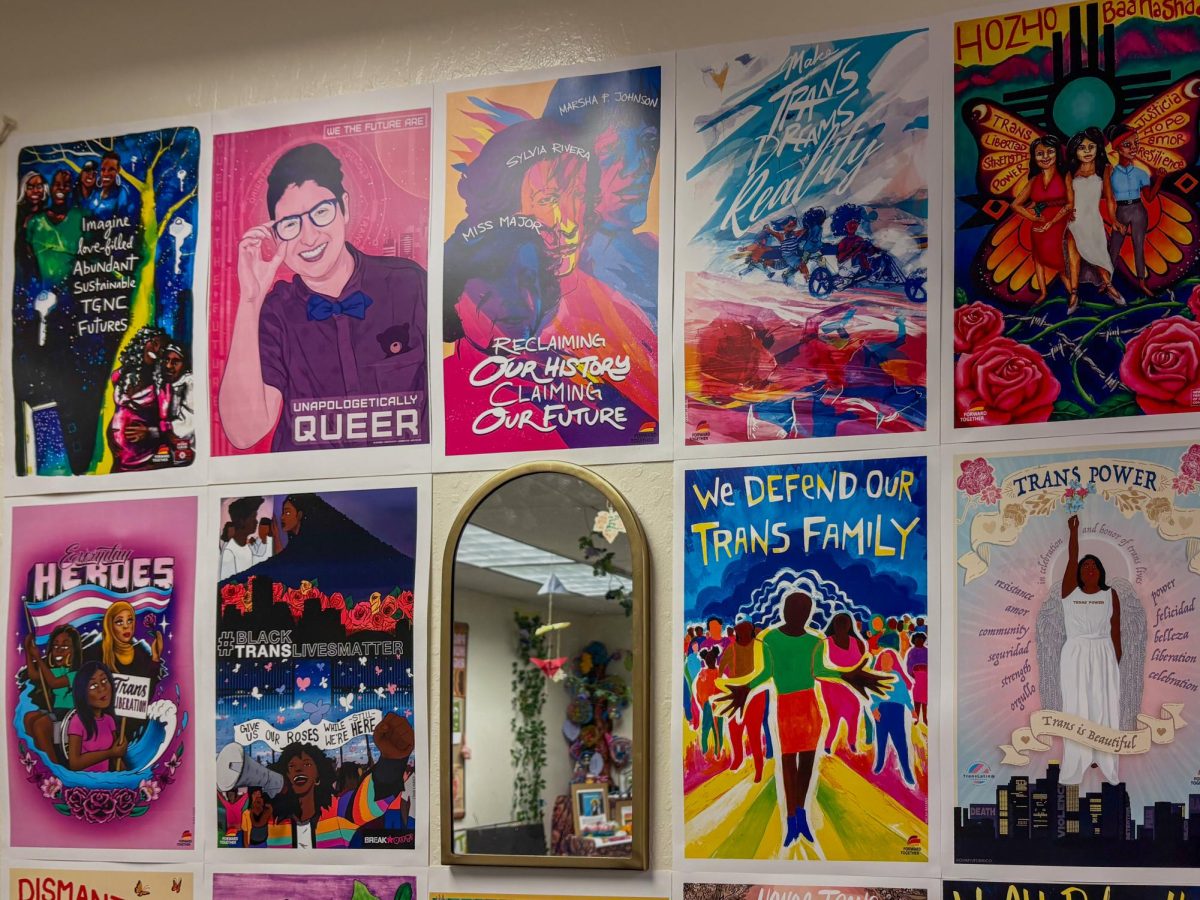Movies based on real life brutal tragedies bring new point of understanding
October 29, 2018
Movies based on aggressors behind real-life brutal tragedies should be encouraged by media and distributors as they not only show the aggressors perspective, but also shed light on mental health, abuse, weaponry and other issues that aren’t given enough attention.
Films with the lead character as the aggressor won’t influence audience, especially teenagers, to commit violent acts. It rather makes the audience empathize with the lead character on how they became the monster and whether this chaos is based on a conscious decision or other factors.
In “Elephant,” a 2003 fictional movie based on the Columbine shootings, teenagers Alex and Eric plan a massacre in their high school. In here, the movie portrays the horrors of a school shooting and of the characters motives.
Rather than supporting the teenagers, the audience is moved to sympathize and question the insecurities of adolescence.
Movies from aggressor’s perspective are effective in showing the reality. Since the main character is the conflict, there can be multiple perspectives on why and how the tragedy is unfolding.
Contrast this with the hero’s perspective, it sells a light and dark theme, comforting the audience, but it doesn’t address the situation effectively. There is, unfortunately, no ‘hero’ to save us at all times.
In the review of “Elephant”, late film critic Roger Ebert writes:
“Of course a movie about a tragedy that does not explain the tragedy — that provides no personal of social “reasons” and offers no “solutions” — is almost against the law in the American entertainment industry. When it comes to tragedy, Hollywood is in the catharsis business.”
Movies where the main characters are the monsters behind real life tragedies should be marketed towards mainstream audience as they can effectively address issues of violence and different circumstances. They do not glorify, but rather sensitize the violence beneath it without offering comfort and wonder.































